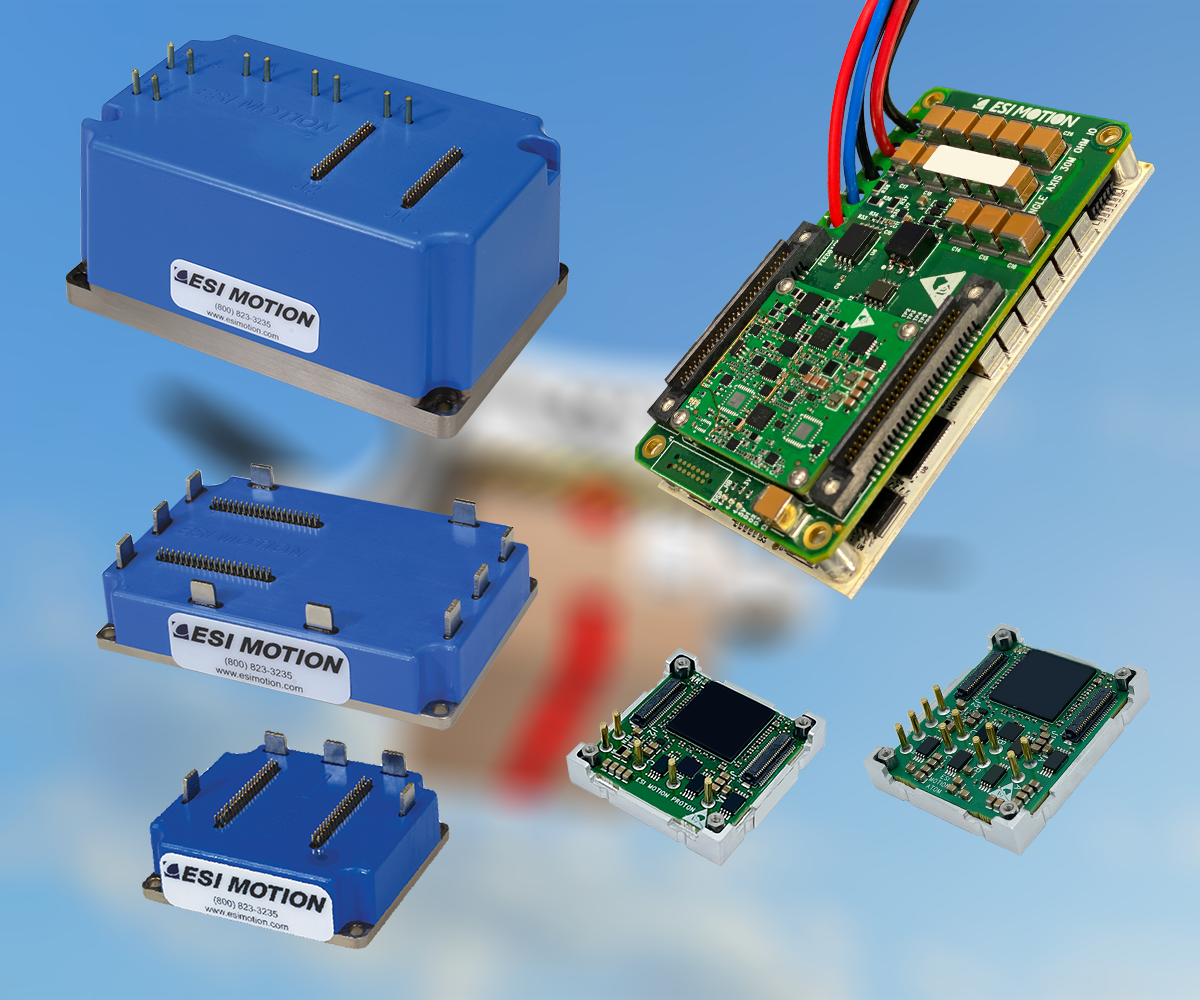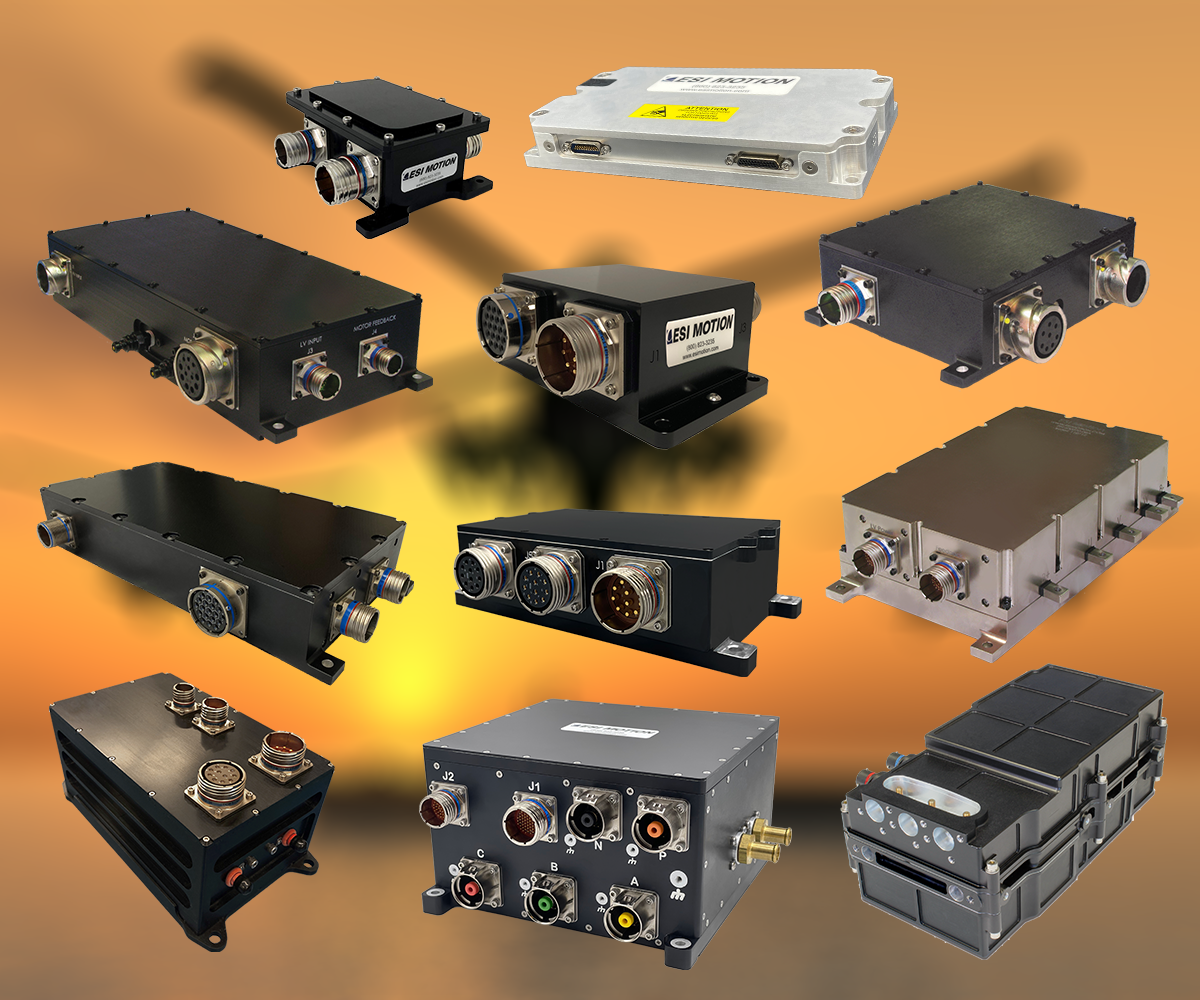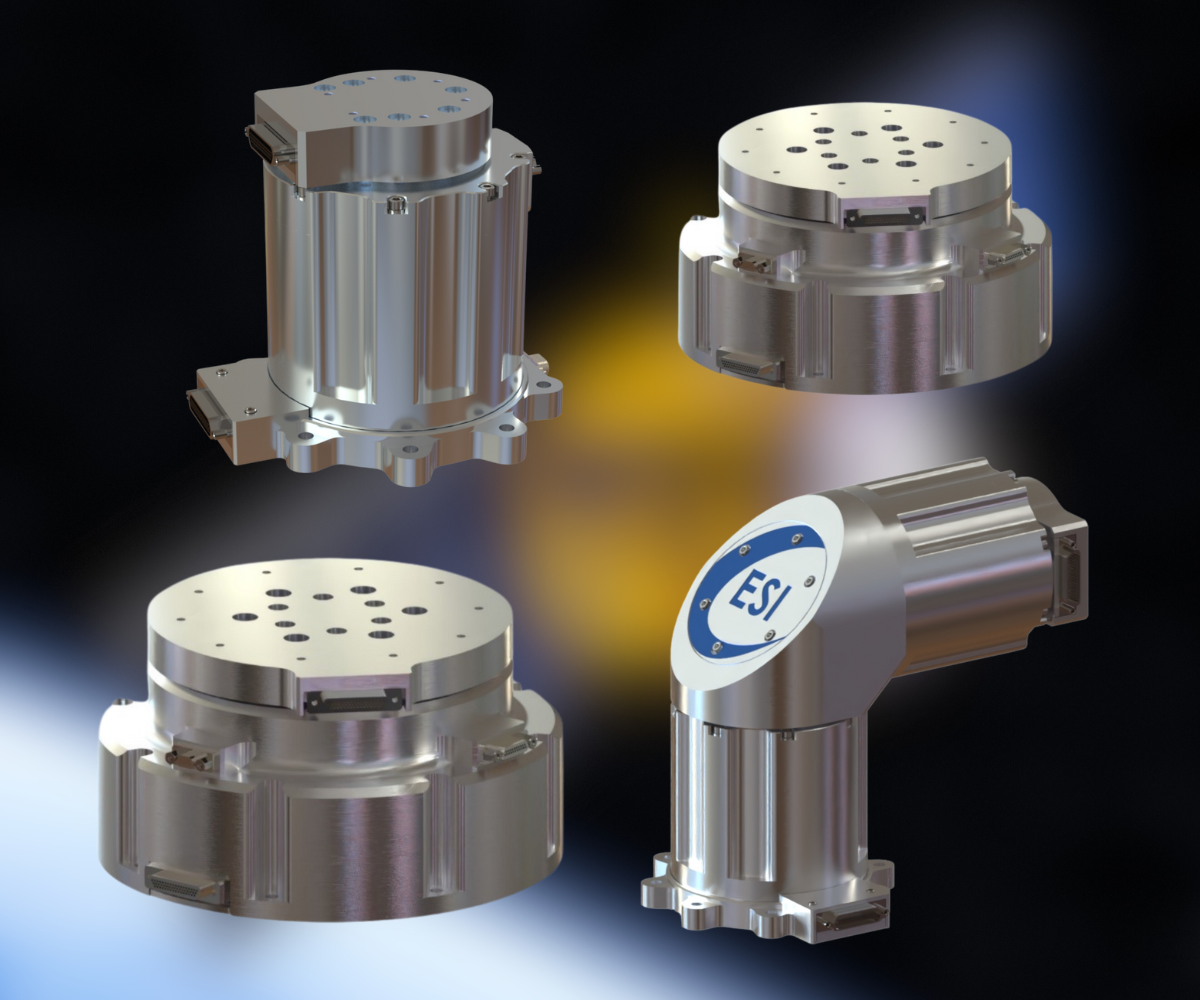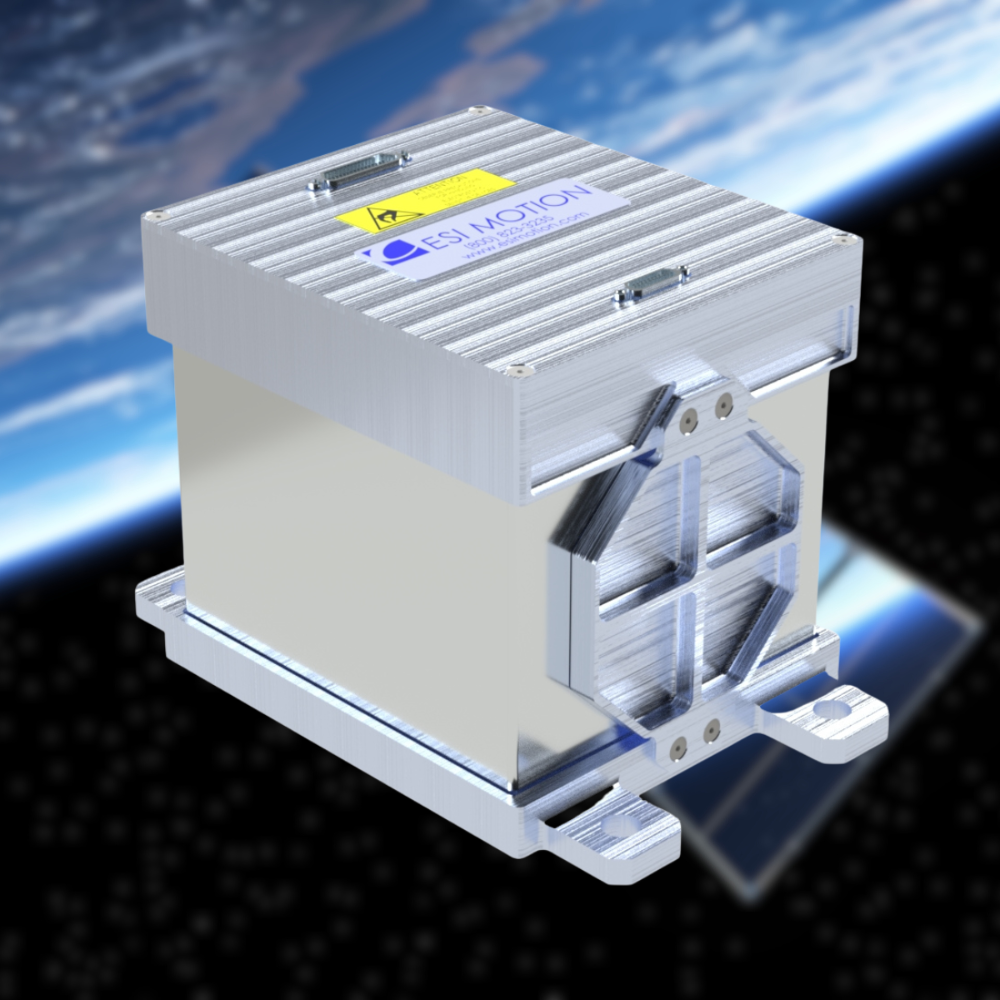Frequently Asked Questions
What is a Servo Drive?
In simple terms – the servo drive tells the motor what to do, when to do it and how to do it in precise detail.
Servo drivers are responsible for the motion control by precisely calculating the path or trajectory needed and sending command signals to the motor. Servo drives can control velocity, position, as well as torque; which is the main parameter it controls.
A servo drive is a basic element of a motion control system which also includes a servo motor, controller, and feedback element. Servo drives take a command signal for position, velocity or current and adjust the voltage and current applied to the servomotor based on closed-loop feedback.
Note that servo drives are also sometimes called amplifiers because they take the control signal from the controller and amplify it to deliver a specific amount of voltage and current to the motor.
Servo drivers are responsible for the motion control by precisely calculating the path or trajectory needed and sending command signals to the motor. Servo drives can control velocity, position, as well as torque; which is the main parameter it controls.
A servo drive is a basic element of a motion control system which also includes a servo motor, controller, and feedback element. Servo drives take a command signal for position, velocity or current and adjust the voltage and current applied to the servomotor based on closed-loop feedback.
Note that servo drives are also sometimes called amplifiers because they take the control signal from the controller and amplify it to deliver a specific amount of voltage and current to the motor.
What is a Servo Motor?
Servo motors are a self-contained electrical device that moves and rotates parts of a machine efficiently and with precision. At its core, servo motors are part of a closed-loop system and are made up of a variety of parts; namely these parts are a control circuit, servo motor, shaft, potentiometer, drive gears, amplifier, and either a resolver or an encoder. To put it more simply, a servo motor is the driver behind robotic and other automated applications.
Servo motors are often found in precision robotic vehicles such as military bomb detonation and factories where cutting and forming metal needs to be precise like that of a car factory.
Servo motors are often found in precision robotic vehicles such as military bomb detonation and factories where cutting and forming metal needs to be precise like that of a car factory.
What is the difference between a Servo Drive and Servo Motor?
Servo drives tell the servo motor what to do and how to do it at lightning speed. Without a servo drive telling a servo motor what and how to do a task, we wouldn’t have many of the amazing tools and products we do today. From metal bed frames to vehicle roll cages and specialized robotics servo motors and drives work together to accomplish precision work.
You’ve come across a product created by or device that uses a servo motor and servo drive without even realizing it.
You’ve come across a product created by or device that uses a servo motor and servo drive without even realizing it.
What does a Servo System consist of?
Servo Systems consist of four main components; a motor, a drive, a controller and a feedback device. The controller determines what the motor needs to do and then triggers the drive to send the instructions, or necessary electrical energy, to the motor to make it move accordingly.
The controller is responsible for calculating the path or trajectory required and sends the command signals to the drive.
The drive then sends the necessary voltage and current to the motor to achieve required motion.
Servo drives can control torque, velocity or position. With ESI Motion’s Graphical User Interface (GUI) & HiDS software the user can set the required parameters themselves and make adjustments as needed.
A common variation is the torque-mode amplifier. These convert the command signal from the controller into a specific amount of current to the motor. Because current is directly proportional to torque, the drive is controlling the amount of torque that the motor produces.
A linear drive (in which current is proportional to force) there’s direct control of the motor’s force output.
The controller is responsible for calculating the path or trajectory required and sends the command signals to the drive.
The drive then sends the necessary voltage and current to the motor to achieve required motion.
Servo drives can control torque, velocity or position. With ESI Motion’s Graphical User Interface (GUI) & HiDS software the user can set the required parameters themselves and make adjustments as needed.
A common variation is the torque-mode amplifier. These convert the command signal from the controller into a specific amount of current to the motor. Because current is directly proportional to torque, the drive is controlling the amount of torque that the motor produces.
A linear drive (in which current is proportional to force) there’s direct control of the motor’s force output.
Who does ESI Motion make Servo Drives for?
ESI Motion designs and manufactures products for commercial, industrial and aerospace clients including various military/government agencies and space programs.
Does ESI do any customization?
ESI Motion has the expertise to customize a solution for your project’s needs.
Contact us today at sales@esimotion.com to see how we can tailor a solution for you.
Contact us today at sales@esimotion.com to see how we can tailor a solution for you.
Does ESI follow any Compliance Standards?
AS9100D
MIL-STD-461
MIL-STD-464
MIL-STD-810
MIL-STD-1472
MIL-C-5015
MIL-C-5541
DO-160
DO-178
DO-330
DO-254
MIL-STD-461
MIL-STD-464
MIL-STD-810
MIL-STD-1472
MIL-C-5015
MIL-C-5541
DO-160
DO-178
DO-330
DO-254




